Sour Fire
Cannabinoid THC Dominant
THC 17 - 24%
CBD 0.3 - 0.96%
Effect Concentrated
Side Effect Fatigue
Flavor Pear
Sour Fire Strain Cannabinoids
| THC | Tetrahydrocannabinol, or THC, is a major cannabis chemical compound. It is a psychoactive element that stimulates dopamine release and induces euphoria or happiness. THC-rich strains may be helpful with such conditions as lack of appetite, chronic pains , etc. It is considered to be the primary active marijuana component. | 17 - 24% |
| CBD | Cannabidiol, or CBD, is a major compound in cannabis, which is non-psychoactive. It is also proved to counteract the side effects of the second major component THC. CBD is widely used for medicinal purposes in rubs, oils and so on. It is helpful in muscle pain cases, may treat arthritis and migraines. Even Greeks used it against pain, while Queen Victoria applied it to get rid of menstrual cramps. | 0.3 - 0.96% |
| CBC | Cannabichromene, or CBC, is a minor cannabinoid, meaning that its quantity in cannabis is quite little. Though it has the same origin as CBD and THC, it is different in functions. Without any psychoactive effects, it is an efficient cannabis compound in combating acne and depression. CBC produces analgesic, antibacterial and anti-inflammatory effects. | 0.44 - 0.54% |
| CBG | Cannabigerol, or CBG, is one of the minor cannabis compounds in adult plants. On the other hand, young ones contain a lot of this antibacterial and anti-inflammatory component. During the growth, CBG is converted into different cannabinoids, mostly THC and CBD. The compound itself increases appetite and decreases eye pressure. | 0.31 - 0.96% |
| CBN | Cannabinol, or CBN, is a trace element in cannabis that is considered to be mildly psychoactive. It appears from oxidation THC, exposed to light and heat. CBN is mostly contained in old cannabis and in traditional hashish. It is effective against insomnia, bacterial infections and appetite loss. | 0.37 - 0.22% |
| THCV | Tetrahydrocannabivarin, or THC-V, is a compound contained in cannabis in trace amounts. Even though it is close to THC molecularly, it is different in effects. This compound may be psychoactive only in large amounts. THC-V reduces blood sugar, controls appetite, stimulates bone growth, etc. African Sativa strains are the richest in THC-V. | 0.38 - 0.82% |
Sour Fire Strain Information
| Effects | |
| Side Effects |
Fatigue
Insomnia
Low blood pressure
Slurred speech
|
| Common Usage | |
| Taste | |
| Terpenes | |
| Breeder |
Unknown
|
| Color |
Green
|
| Strain origin |
Afghanistan
Colombia
Mexico
|
Sour Fire Strain Growing Information
| Flowering Time | 64 - 72 Days |
| Harvest Time | 77 Days |
| Flowering Type | Photoperiod |
| Height indoor | 60-80 Inches |
| Height outdoor | 60-80 Inches |
| Yield indoor | 1 - 2 Oz/Ft² (~ 400 g/m²) |
| Yield outdoor | 15 - 20 Oz/plant (~ 550 g/plant) |
Sour Fire Terpene Profile
| Carene | Carene (also known as Delta-3 carene) is a terpene found in rosemary, lemons, pines, and cedars, offering citrusy and cypress aroma. Studies on mice showed that carene provides anti-inflammatory effects, as well as promotes bone health and chronic pain relief. | 0.35% |
| Myrcene | Myrcene (also known as β-myrcene) is one of the most common terpenes found in cannabis, representing more than 20% of the modern marijuana terpene profile. Myrcene has a distinct earthy, musky flavor, resembling cloves. It is responsible for calming and soothing effects of weed. Myrcene is also found in hops, thyme, mango, lemongrass, guava melon. | 0.26% |
| Linalool | Linalool (also known as beta linalool, linalyl alcohol, linaloyl oxide, and p-linalool) is one of the rarest terpenes found in cannabis, mostly in small quantities. Linalool is known for its spicy and lavender aroma, bringing relaxation and calming effects. It is also said to provide anti-inflammatory and analgesic properties that can be useful for athletes. | 0.09% |
| Phellandrene | Phellandrene (also known as alpha- and beta-phellandrene) is one of the rare terpenes found in cannabis with antihyperalgesic and antidepressive properties. Phellandrene contributes to a minty, woody, and mildly citrus aroma in cannabis. Previously confused with limonene and pinene, phellandrene was eventually distinguished as a separate terpene common for eucalyptus. Also, it could be found in mint, dill, black pepper, cinnamon, parsley, pine, and lavender. | 0.3% |
| Total terpenes content | 1.00% |
Sour Fire Relative Strains
| Parents Strains |
Sour Fire strain lineage
Sour Fire Terpene and Taste Chemistry
Similar Strains By Effects
THC 19.75 - 21.5%
CBD 0.59 - 0.87%
Effect Sleepy
Flavor Flowery
THC 20.5 - 24%
CBD 0.47 - 0.76%
Effect Relaxed
Flavor Mint
THC 22.5 - 24.5%
CBD 0.44 - 0.5%
Effect Relaxed
Flavor Rose
THC 10.58 - 15.47%
CBD 0.45 - 1.19%
Effect Calm
Flavor Chemical
Similar Strains By Taste
THC 22 - 25%
CBD 0.03 - 1.1%
Effect Happy
Flavor Tea
THC 19.6 - 21.6%
CBD 0.33 - 0.72%
Effect Happy
Flavor Citrus
THC 17.83 - 19.92%
CBD 0.32 - 0.7%
Effect Energetic
Flavor Sage
THC 15 - 23%
CBD 0.98 - 1.27%
Effect Giggly
Flavor Lemon
Similar Strains By Growing
THC 17.61 - 20.75%
CBD 0.69 - 1.02%
Effect Tingly
Flavor Sweet

THC 22.14 - 24.54%
CBD 0.25 - 6.1%
Effect Uplifted
Flavor Sweet
THC 15 - 20%
CBD 0.27 - 1.2%
Effect Relaxed
Flavor Blueberry
THC 14 - 14%
CBD 1 - 1%
Effect Happy
Flavor Earthy
Recent Strains

THC 18.33 - 19.33%
CBD 0.29 - 0.58%
Effect Sleepy
Flavor Earthy
THC 20.65 - 22.15%
CBD 2.28 - 2.68%
Effect Relaxed
Flavor Lemon
THC 18.67 - 22.33%
CBD 0.16 - 0.36%
Effect Euphoric
Flavor Spicyherbal
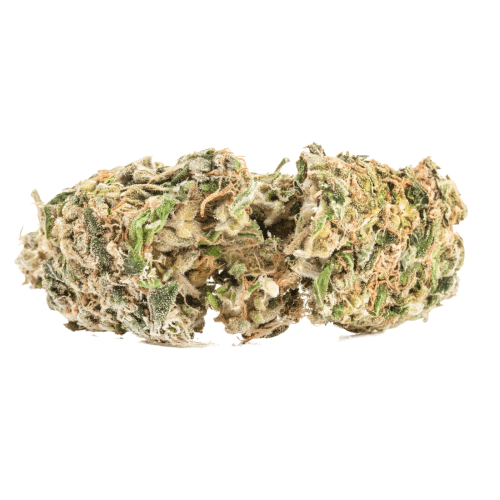
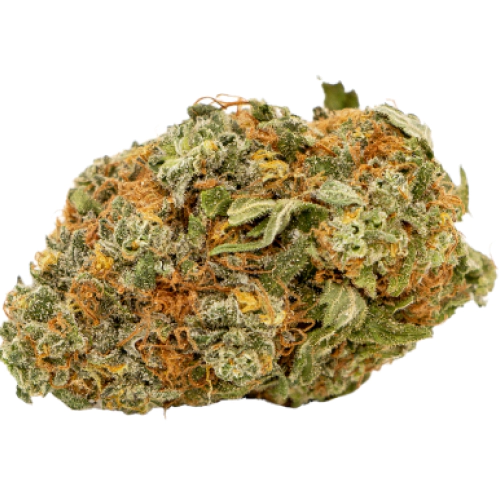
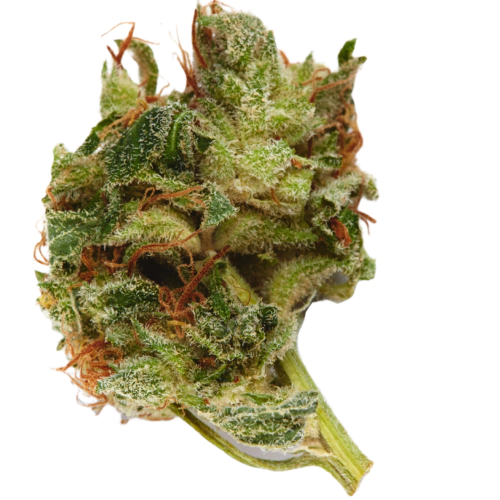


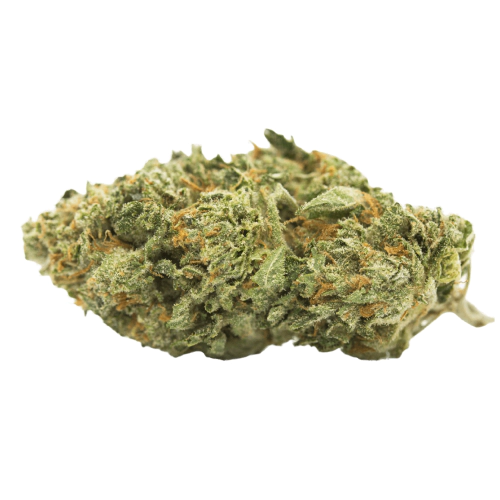
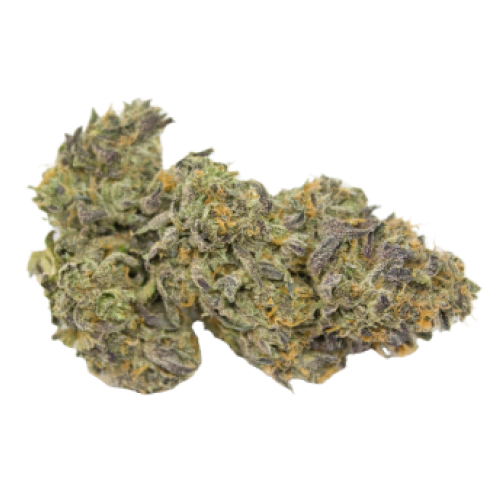
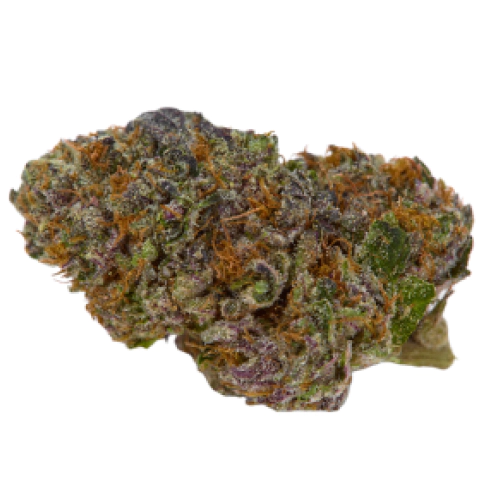



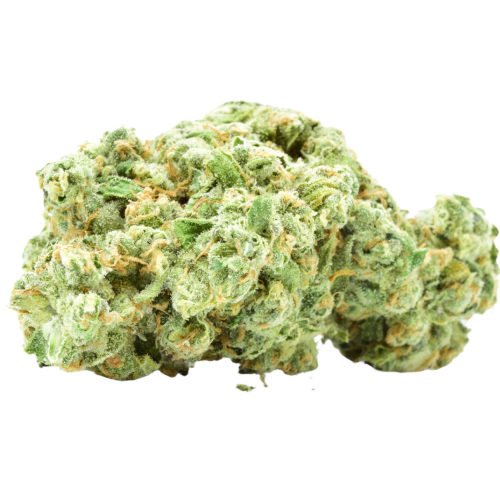

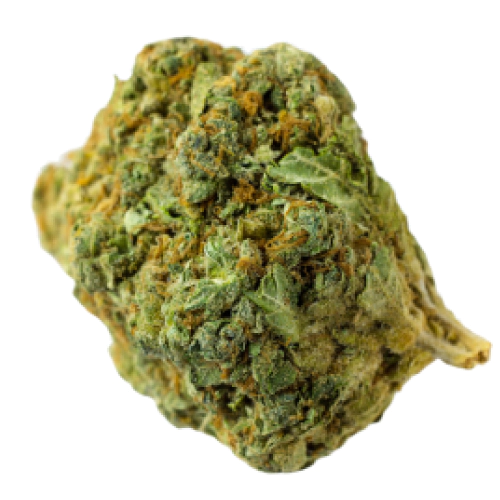
Be the first and share your opinion
Write a Review